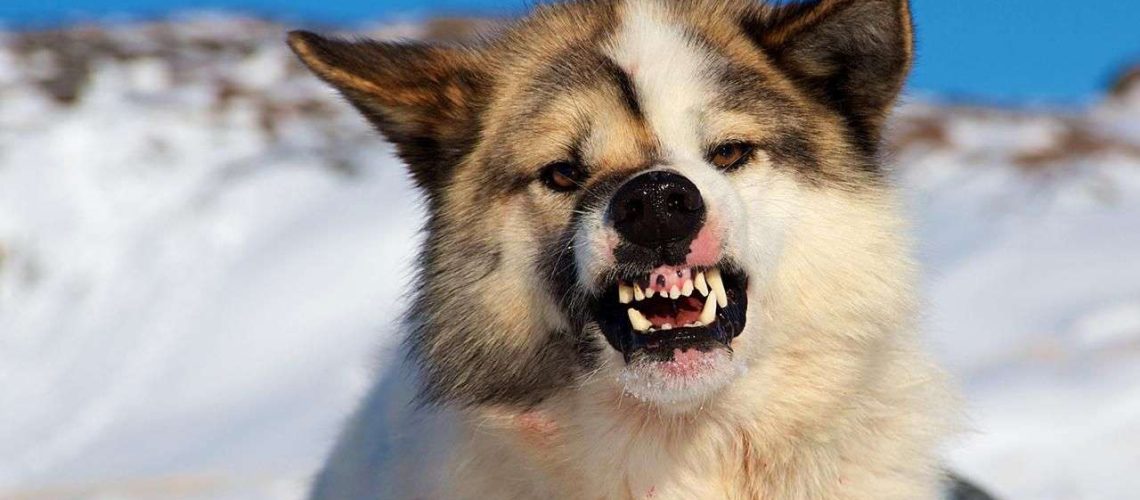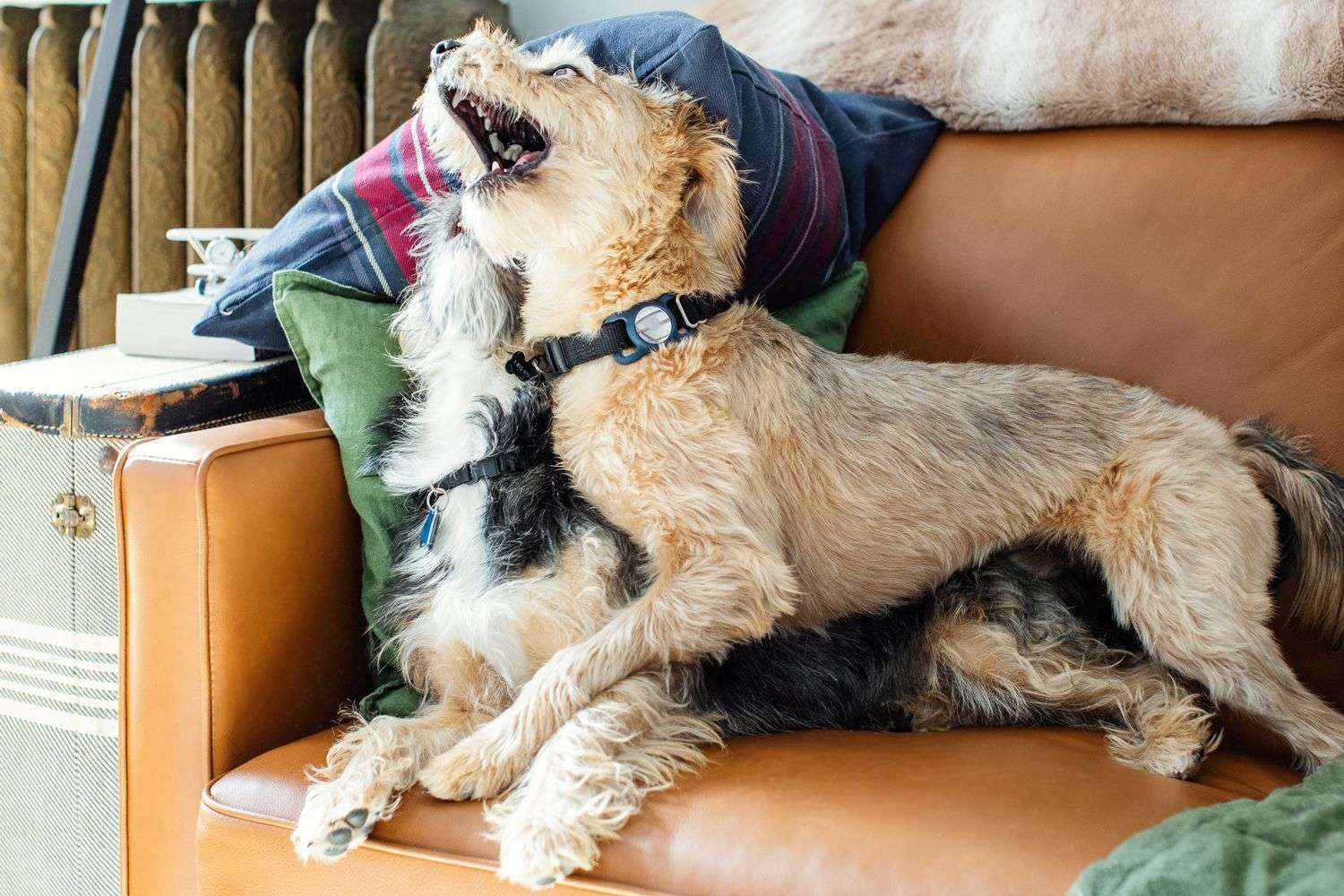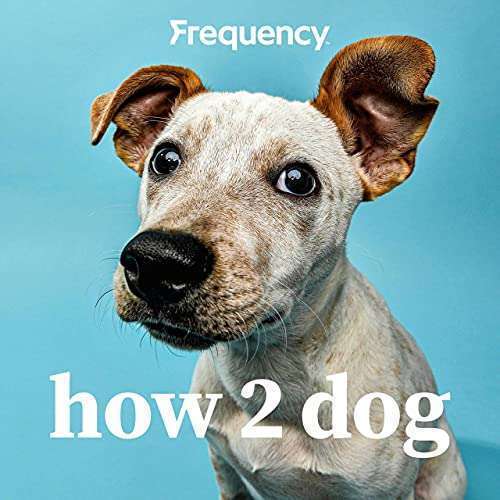Key Takeaways:
- Dog growling is a form of communication and should not be ignored or dismissed.
- Growling can indicate fear, aggression, or discomfort in dogs and should be taken seriously.
- Understanding the context and body language accompanying the growl is essential in interpreting its meaning.
- It is important to avoid punishing a dog for growling, as it may suppress their warning signals and lead to more dangerous behavior.
- Seeking professional help from a qualified dog trainer or behaviorist can assist in understanding and addressing the underlying causes of growling.
Introduction:
Have you ever wondered what your furry friend is trying to tell you when they growl? Understanding dog growling can be incredibly valuable for any dog owner, as it allows you to communicate better with your canine companion. By delving into this subject, you'll gain insight into their emotions and needs, paving the way for a stronger bond between you and your four-legged friend.
Dogs use growling as a form of communication, expressing a range of emotions such as fear, frustration, or even playfulness. By deciphering their growls, you can decipher their intentions and respond accordingly. This understanding becomes essential in ensuring the safety and well-being of both your dog and those around them.
Imagine being able to identify if your dog is feeling anxious or threatened by a certain situation. With this knowledge, you can take appropriate measures to alleviate their stress or remove them from potentially harmful circumstances. Recognizing the different types of growls can also help prevent misunderstandings and conflicts with other dogs.
Did you know that according to a study conducted by animal behavior experts, over 90% of dog bites occur due to misinterpretation of warning signs like growling? By familiarizing yourself with the nuances of dog growling, you can significantly reduce the chances of such incidents happening.
So, whether you're a seasoned dog owner or just beginning your journey with these lovable creatures, understanding dog growling is an invaluable skill. It opens up a world of communication possibilities between you and your furry friend while ensuring their safety and happiness. So let's dive in together and unlock the secrets behind those adorable grumbles!
Understanding Dog Growls: What Do They Mean?
The Language of Growls
When dogs growl, they are using their voice to communicate with us. Just like humans have different ways of expressing themselves, dogs have their own language too. Growling is one way that dogs express their feelings and emotions. It's important for us to understand what these growls mean so we can better communicate with our furry friends.
Dogs can growl for a variety of reasons. Sometimes they growl when they are scared or anxious, other times it may be a sign of aggression or frustration. By paying attention to the context and body language accompanying the growl, we can begin to decipher its meaning.
Body Language Clues
- Ears pinned back
- Tail tucked between legs
- Hair standing up on the back
- Stiff posture
- Bared teeth
These are just a few examples of the body language cues that can help us understand a dog's growl. By observing these clues along with the vocalization itself, we can gain valuable insights into what our canine companions are trying to tell us.
Why Do Dogs Growl? Explained in Simple Terms
A Natural Communication Tool
Dogs have been living alongside humans for thousands of years, but they still retain many of their ancestral instincts. One such instinct is the ability to growl as a means of communication. In the wild, dogs use growling as a way to establish boundaries and warn others to stay away.
In domesticated dogs, this instinct is still present but may manifest in different ways. Dogs may growl to protect their territory, their food, or even their toys. They may also growl when they are in pain or feeling threatened.
Protecting Their Territory
Dogs are territorial animals by nature. When they growl to protect their territory, it's their way of saying "this is mine, stay away!" This can happen if someone enters their home or approaches a space that the dog considers theirs.
Feeling Threatened
Just like humans, dogs have a fight-or-flight response when they feel threatened. Growling is one way for them to communicate that they are feeling uncomfortable and would prefer to be left alone. It's important to respect a dog's boundaries and give them space when they exhibit this behavior.
Different Types of Dog Growls: Are They All the Same?
A Variety of Vocalizations
Not all dog growls are created equal. Just like there are different tones and inflections in human speech, dogs also have variations in their vocalizations. Understanding these different types of growls can help us better understand what our furry friends are trying to tell us.
Some common types of dog growls include:
- Playful Growls: These growls often accompany playtime and are usually accompanied by a wagging tail and relaxed body language.
- Fearful Growls: These growls indicate that a dog is scared or anxious. They may be accompanied by cowering, hiding, or other signs of fear.
- Aggressive Growls: These growls are more intense and may be accompanied by raised hackles, bared teeth, and a stiff posture. They indicate that a dog is feeling threatened and may be preparing to defend themselves.
It's important to pay attention to the context and body language accompanying the growl to determine its meaning. This can help us respond appropriately and ensure the safety and well-being of both ourselves and our furry friends.
Decoding Dog Growls: Friendly or Aggressive?
Understanding the Context
Deciphering whether a dog's growl is friendly or aggressive can be challenging, but with practice, it becomes easier to recognize the difference. Context is key when interpreting a dog's vocalizations, as it provides valuable clues about their intentions.
If a dog is wagging their tail, has relaxed body language, and seems generally happy, it's likely that their growl is friendly. Playful growls often accompany games like tug-of-war or chase, where dogs are simply enjoying themselves. These growls are usually accompanied by loose movements and an overall relaxed demeanor.
On the other hand, if a dog has stiff body posture, raised hackles (the fur on their back standing up), bared teeth, and a fixed gaze, their growl is likely to be aggressive. Aggressive growls are often accompanied by warning signs that indicate the dog feels threatened or defensive. It's important to approach these situations with caution and give the dog space.
Common Reasons Why Dogs Growl at Humans
A Communication Breakdown
Dogs may growl at humans for various reasons. Understanding these common triggers can help us avoid situations that make our furry friends uncomfortable or anxious.
Sometimes dogs growl when they feel threatened or scared. This can happen if someone approaches them too quickly or invades their personal space without warning. Dogs also have boundaries when it comes to their food, toys, or resting areas. If a human tries to take these items away, a dog may growl as a way of saying "back off."
Another common reason for growling is pain or discomfort. Dogs may growl if they are in pain or feeling unwell, and it's important to address their health needs promptly.
Lastly, dogs may growl if they have not been properly socialized or have had negative experiences with humans in the past. It's crucial to approach unfamiliar dogs with caution and respect their boundaries until they feel comfortable and safe.
Training Dogs to Stop Growling: Is It Possible?
Addressing the Underlying Issues
While it's not possible to completely eliminate a dog's instinctual behavior of growling, it is possible to modify their response through training and positive reinforcement.
The first step in addressing growling behavior is identifying the underlying cause. If a dog is growling out of fear or anxiety, working with a professional trainer or behaviorist can help address these issues. They can provide guidance on desensitization techniques and help build the dog's confidence.
If a dog is growling due to resource guarding (protecting food, toys, etc.), teaching them "drop it" or "leave it" commands can be helpful. This teaches the dog that giving up an item willingly leads to positive rewards rather than confrontation.
It's essential to remember that punishment should never be used when addressing growling behavior. Punishment can escalate aggression and create more significant problems down the line. Positive reinforcement methods are much more effective in modifying behavior while maintaining trust and respect between you and your furry friend.
Reacting to a Dog's Growl: What Should You Do?
Keeping Everyone Safe
When a dog growls, it's crucial to respond appropriately to ensure the safety and well-being of both yourself and the dog. Here are some steps you can take:
- Stay calm: It's important not to panic or react with fear, as this may escalate the situation.
- Give space: If a dog is growling, it's best to give them space and avoid any actions that may further provoke them.
- Avoid eye contact: Direct eye contact can be seen as a challenge by dogs, so it's best to avoid staring at them.
- Back away slowly: Slowly move away from the dog without turning your back on them. This allows you to maintain awareness of their behavior while creating distance.
- Seek professional help if needed: If you consistently encounter growling or aggressive behavior from a dog, it's important to consult with a professional trainer or behaviorist for guidance and support.
Remember, every dog is unique, and their growls may have different meanings. By understanding their language, respecting their boundaries, and responding appropriately, we can foster a safe and positive relationship with our furry companions.
In conclusion, understanding why dogs growl is important for our safety and their well-being. By paying attention to their body language and the context of the situation, we can better communicate with dogs and prevent any potential harm or misunderstandings.
How do you respond when your dog growls?
Conclusion: It is important to pay attention to your dog's growling and understand what they are trying to communicate. When your dog growls at you, it is recommended to stop whatever you are doing and move away.
What does a low growl from a dog mean?
A pleasure growl is a low and rumbling sound that lasts longer than other types of dog growls. It is easy to tell from the situation your pet is in if they are making a pleasure growl, such as when they are getting their belly rubbed or experiencing something they really enjoy.
Should I ignore my dog if he growls?
While you are trying to identify the reason behind the growling, it is important not to neglect it as it may escalate. Exercise caution around your dog until you are able to ascertain the cause of the growling. Furthermore, you may consider assisting your dog in altering its behavior until the situation is resolved.
Can dog growling be friendly?
Dogs may produce a growling sound to grab your attention or indicate their desire to play. Pleasure growling is distinctive in that most dogs emit a low and affectionate growl, sometimes accompanied by a prolonged howl or moan. This behavior is comparable to how cats purr when they are content.
Should you growl back at a dog?
If you growl at your dog, the best outcome would be that you capture his attention because it is a new sound. However, the worst outcome could be that you are bitten on the face. I provided another example to emphasize the point that growling at your dog is not only foolish but also risky advice.
Should you keep a dog that growls at you?
It is important to understand that growling is a natural way for dogs to communicate, and you should never punish them for it. When a dog growls, it is their way of expressing stress or discomfort in response to something happening in their surroundings. This could be due to them protecting a toy, encountering a stranger, or simply being excited to see someone they are familiar with.

















